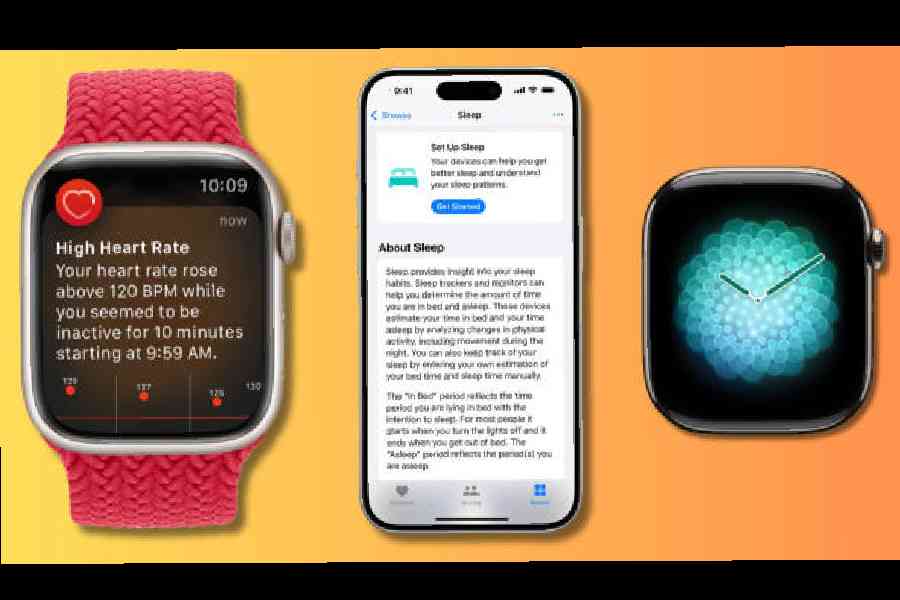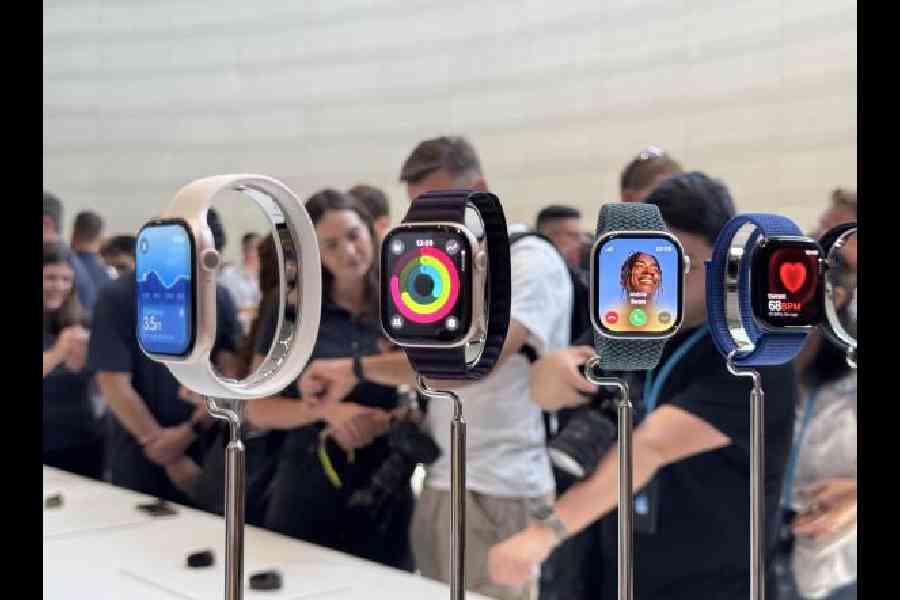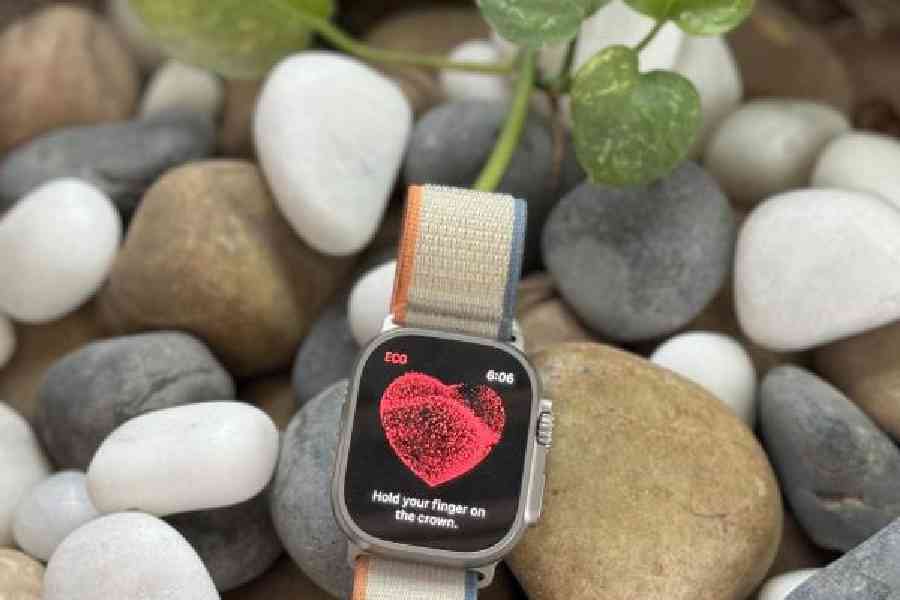You probably are among the millions who made a New Year’s resolution to lose weight, eat better and exercise. You should stick to the resolution because doing so can protect your heart. February is celebrated as Heart Month and though it’s not restricted to celebrations over a single day, how many of us truly give enough thought towards exercising?
There are several things you can do to stay fit, besides going to the gym, like climbing stairs without getting winded. Regular walking/jogging can make the body more efficient at pulling oxygen out of the blood. And there is a device that can help you keep track of all the metrics — Apple Watch. We are currently in Series 10 and the device continues to sell in large numbers.
Consider data from Centres for Disease Control and Prevention — in 2022, 702,880 people died from heart disease; that’s the equivalent of one in every five deaths in the US.
There are, of course, smartwatches from other brands that you can try, like Garmin and Samsung. For me, the Health App on iOS has been working well for years, so here are a few things you can do with the Apple Watch while addressing heart health.

Heart rate monitoring, sleep tracking and the Mindfulness app on Apple Watch
Turn on heart health notifications
On Apple Watch, you can enable notifications from the Heart Rate app on your Apple Watch to alert you to high or low heart rates and irregular heart rhythms. If your heart rate remains above or below the chosen beats per minute, your Apple Watch can notify you.
The irregular rhythm notification feature on your Apple Watch occasionally looks at your heartbeat to check for an irregular rhythm that might be suggestive of atrial fibrillation and notify you, so you can take action. If you’re feeling symptoms, you can simply take an ECG from anywhere.
There are simple things you can do to stay fit. Not everyone has 30 minutes each day to hop on a treadmill or do high-intensity training and that’s where small goals and short bursts of exercise can come in. If you are still working from home, take breaks between meetings to do lunges or run up a flight of stairs. For some people, tracking steps and calories with digital devices can be motivating as it helps users monitor progress and feel a sense of achievement upon hitting a particular goal.
Healthy sleep habits
According to Mayo Clinic, adults should get seven or more hours of sleep per night. Personally, I have been using the sleep function on the Apple Watch for a long time and it has helped improve my sleep habits in the last few years.
You can create sleep schedules to help you meet your sleep goals. Once you’ve enabled a sleep schedule, Wind Down is a feature that helps you prepare for sleep by reducing distractions and creating a calm environment. When you wear your watch to bed, it can estimate the time you spend in each sleep stage —REM, Core, and Deep.
There is a new Sleep Apnea Notification feature that notifies the user if breathing disturbances are showing consistent signs of sleep apnea, which can have important health consequences over time if left untreated, including cardiac disease.
Sleep deprivation increases your stress hormones, allowing inflammation that can lead to plaque buildup in the arteries. Despite what friends may say, follow a daily sleep routine, avoid caffeine late in the day and schedule screen-free time to wind down before heading to bed.
Track your activity
You obviously need to stay active and the Apple Watch can track your activity and workouts, and encourage you to lead a more active life through gentle reminders and friendly competitions.
The Activity app tracks how often you stand, how much you move, and how many minutes of exercise you do. Three rings in different colours summarise your progress. The goal is to sit less, move more, and get some exercise by completing each ring every day.
A moment of mindfulness
According to Harvard, chronic stress can increase your risk of heart disease. A good way to destress is through meditation and reflection. The Mindfulness app on Apple Watch encourages you to set aside a few minutes a day to focus, centre, and connect as you breathe. Once you complete a Reflect or Breathe session, you can see your heart rate on the summary screen. You can even set reminders to encourage consistency.

Apple announced that it’s adding a new Apple Watch feature that can alert users to sleep apnea and the company says it expects to receive FDA clearance for the feature “very soon”. Seen here, the new Apple Watch Series 10
Identify trends
Researchers have studied the impact of wearables on behaviour. They have found a correlation between using them and increased movement. Using wearables, there’s a sense of accountability. Devices alone will not make your workouts easier or improve your sleep cycles but it can help you identify trends in your exercise regimen and track your progress if you are trying to improve.











